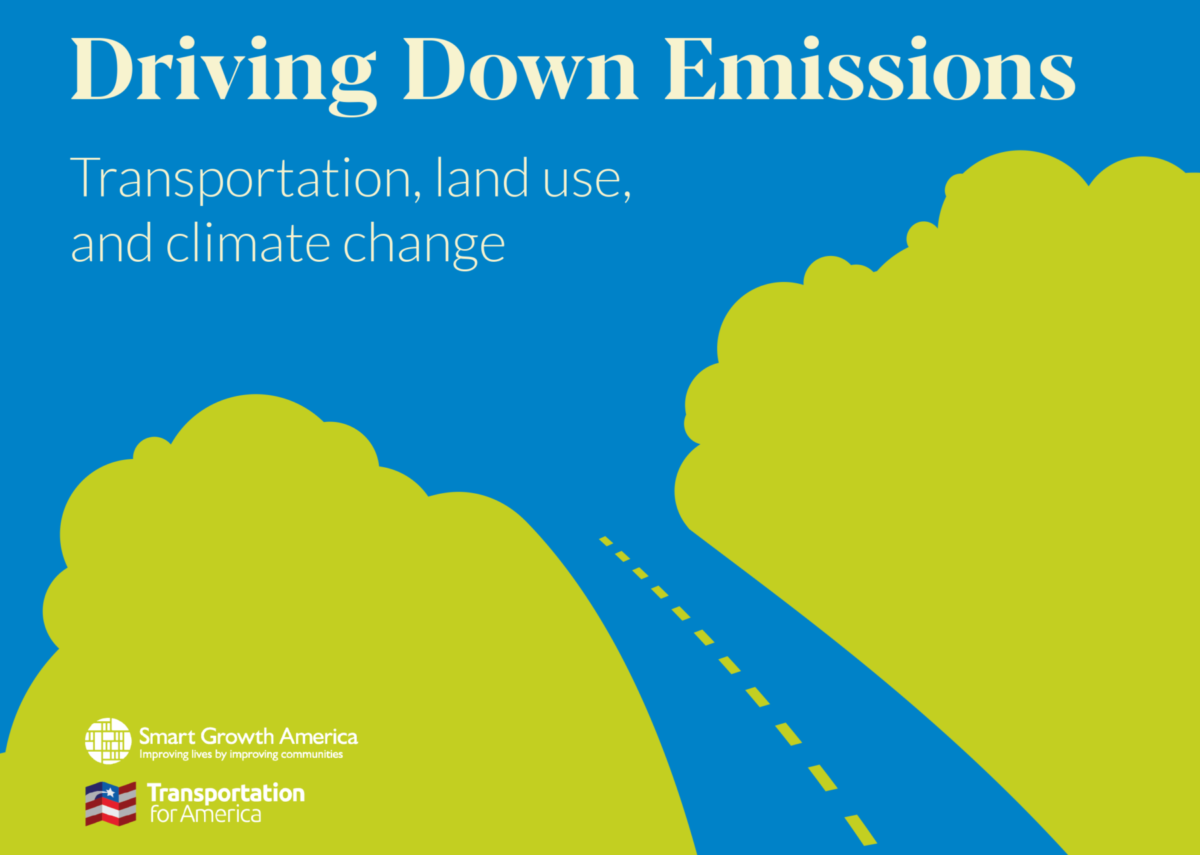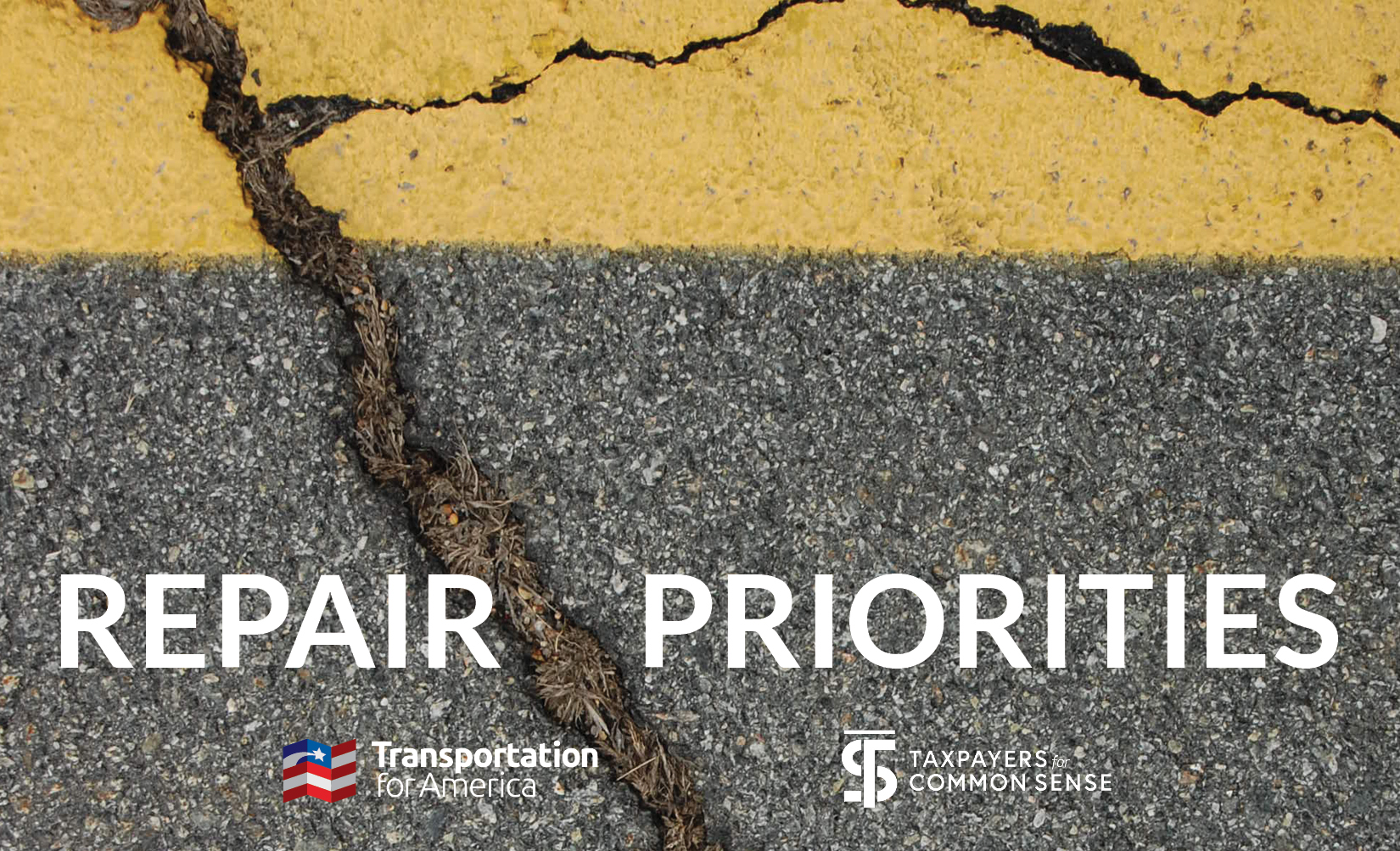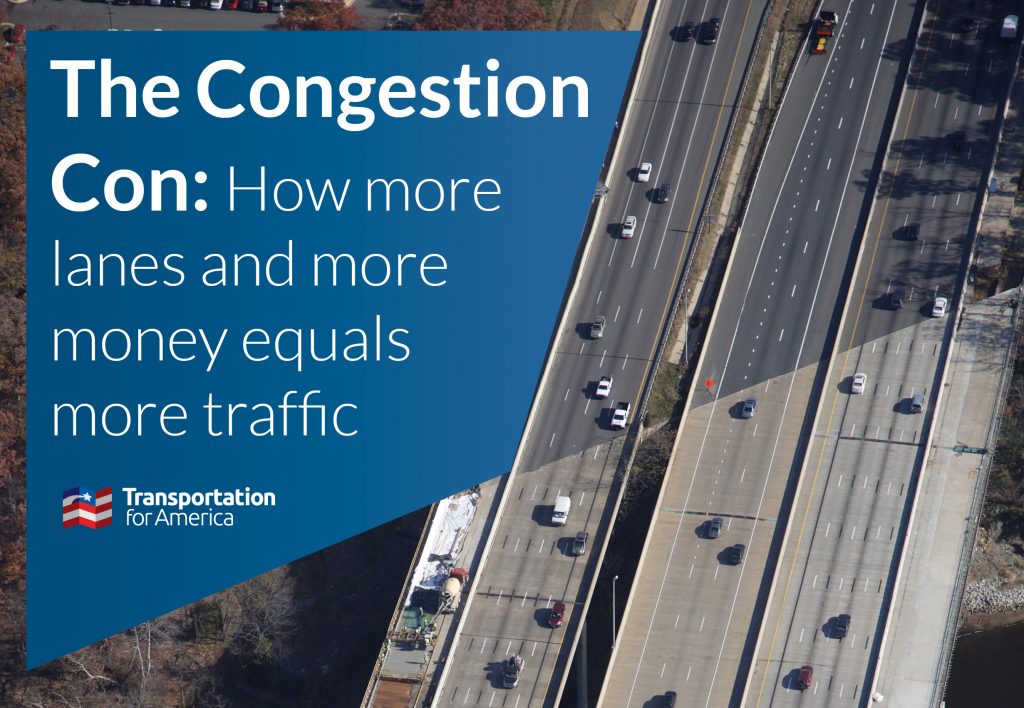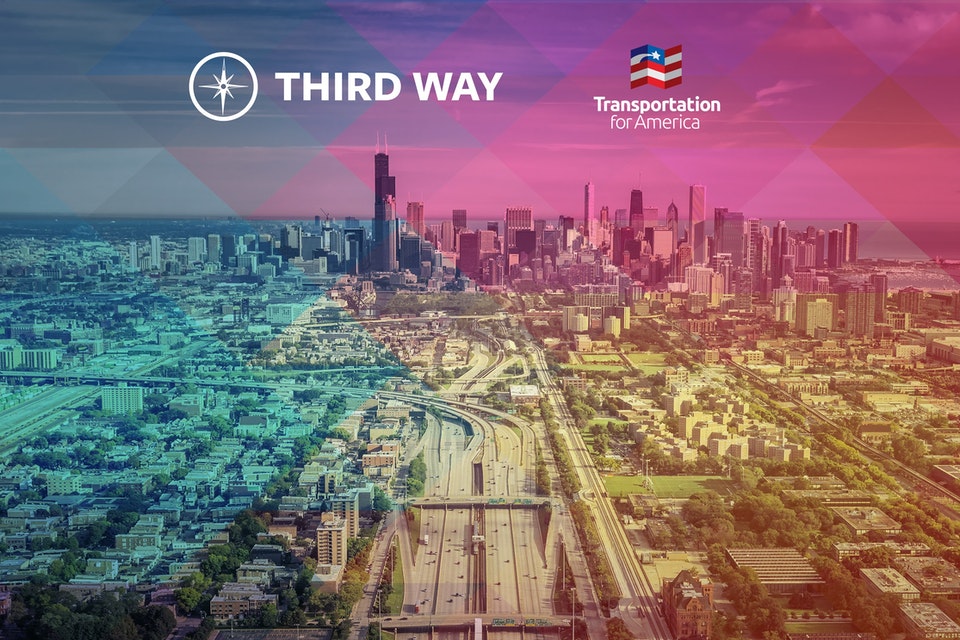Author Archive
USDOT’s new memo requires a review of competitive grant awards

A leaked policy memo from leadership at USDOT will add a new layer of extra-legal review of all awarded competitive grant projects without fully signed federal funding obligations, calling for bicycle infrastructure, green infrastructure, and EV chargers to be cut from projects. What’s in USDOT’s new memo? Drawing authority from the President’s inaugural slate of […]
A pause for TransportationCamp DC

After careful consideration, Transportation for America is announcing that we have decided to pause TransportationCamp DC this coming January.
Another hurdle cleared for passenger rail on the Gulf Coast

Today, the Federal Railroad Administration, Amtrak, the Port of Mobile, CSX, and Norfolk Southern (NS) signed a $178 million grant agreement to fund necessary construction between Mobile and New Orleans, an important hurdle for passenger rail service to return to the Gulf Coast.
A smaller footprint for freight
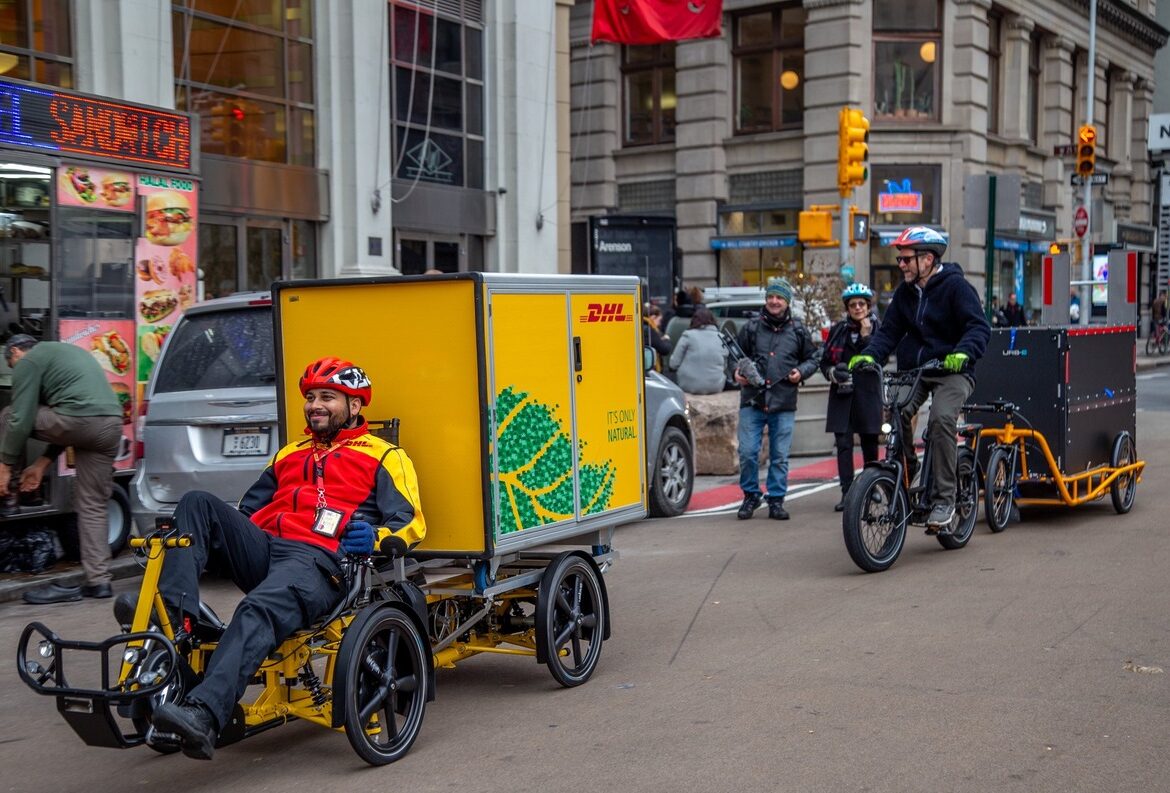
Freight plays a valuable role in keeping our communities and local economies thriving, but heavy freight vehicles pose unique challenges to community roads and air quality. Fortunately, not all good things have to arrive in a diesel-powered package.
Transportation and extreme heat
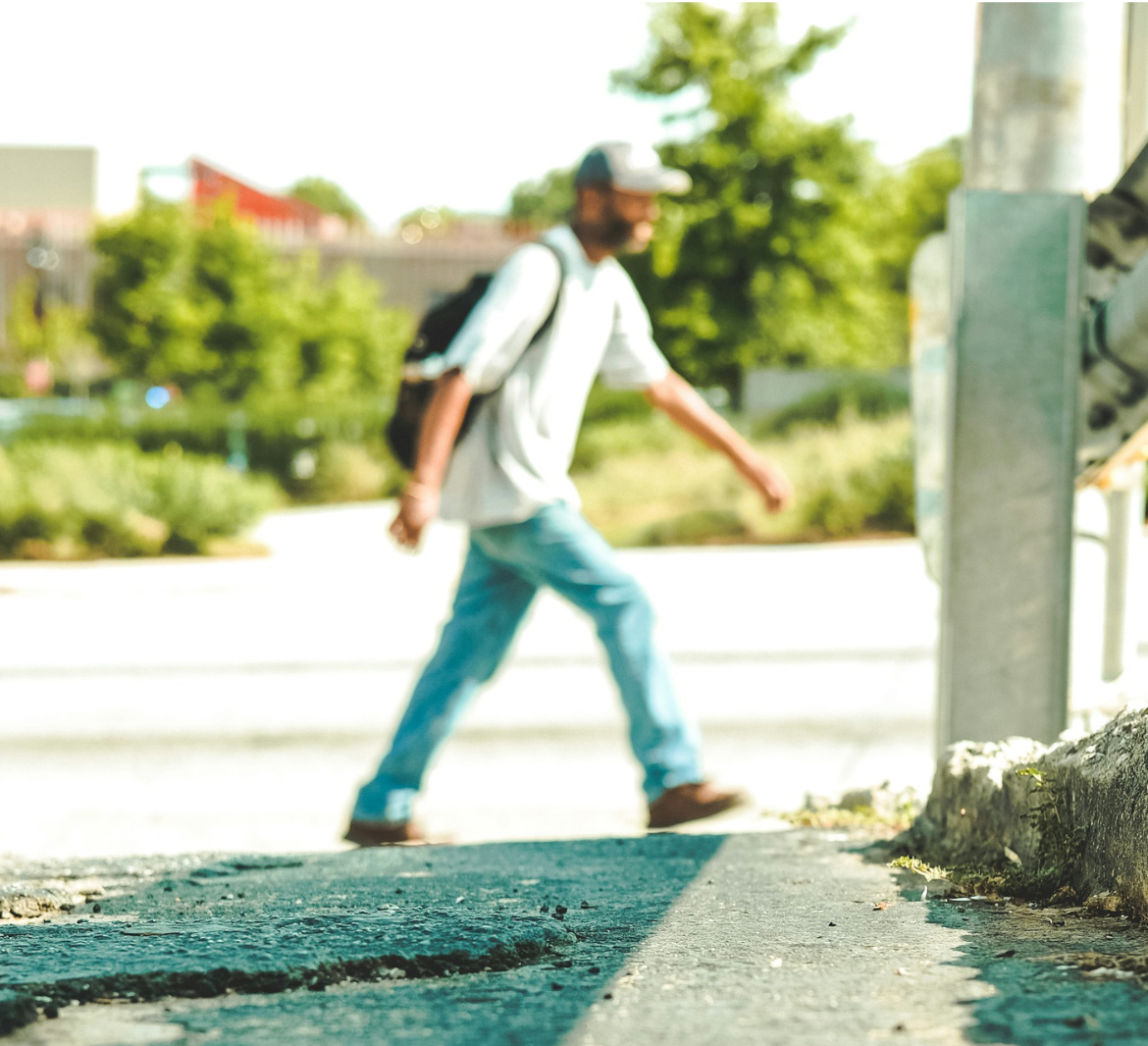
Recent record-breaking temperatures demonstrate that we can no longer rely on old design approaches to meet the needs of our communities. Transportation infrastructure is no exception. Extreme heat can cause road surfaces to buckle and rail tracks to warp, leading to significant travel disruptions and safety concerns for commuters.
Full speed ahead: How federal leaders can keep building on passenger rail progress

Passenger rail efforts in the Gulf Coast demonstrated tireless commitment to federal advocacy, funding development, and ultimately service implementation. But if our nation’s leaders are truly interested in advancing a national network, they can take action now to support future efforts.
From excitement to reality: Implementing passenger rail on the Gulf Coast
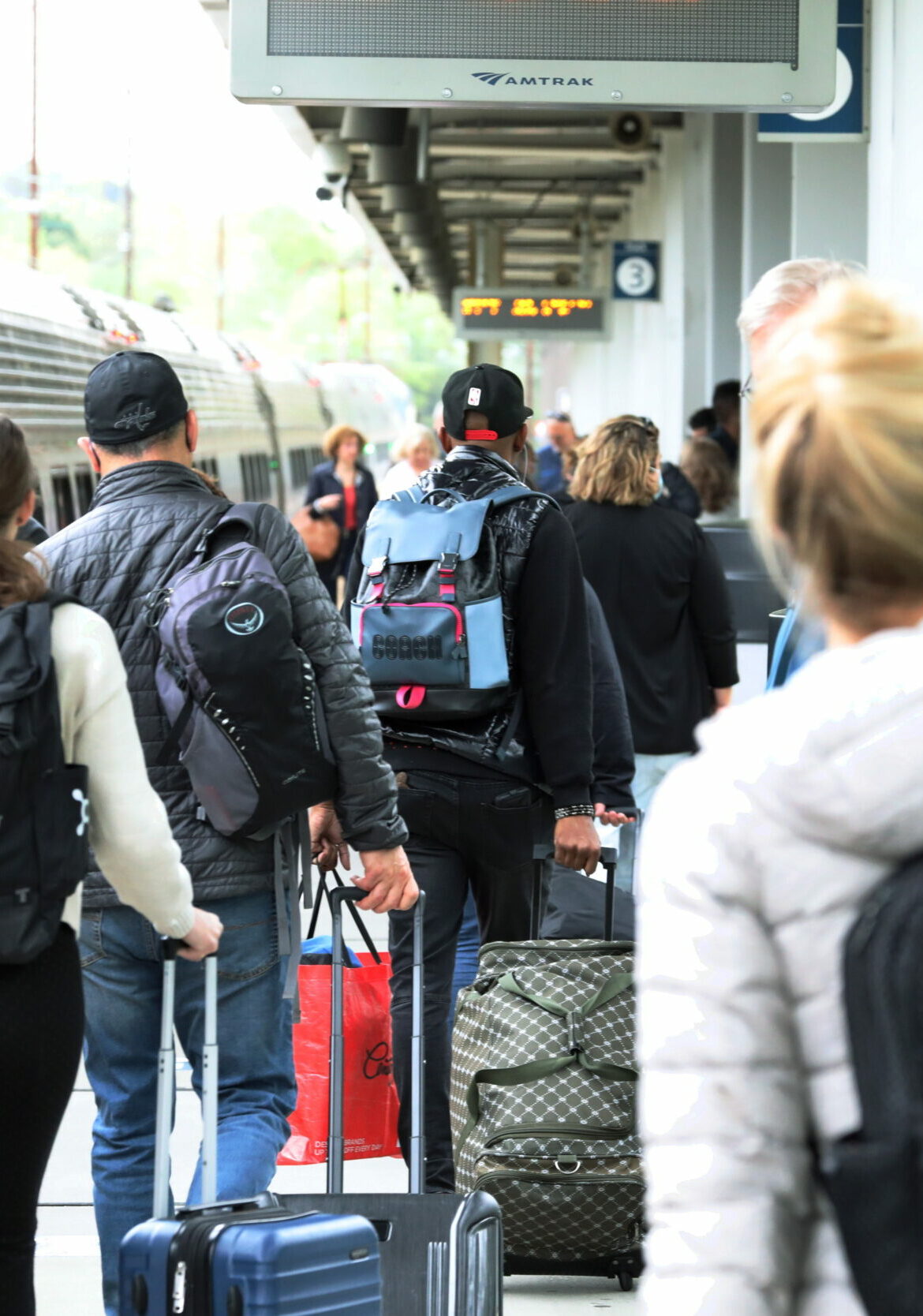
Federal advocacy and allies were essential to turning local momentum for passenger rail from New Orleans to Mobile—set to reopen this very year—into a regional, and national, success story.
Building momentum for a national passenger rail network
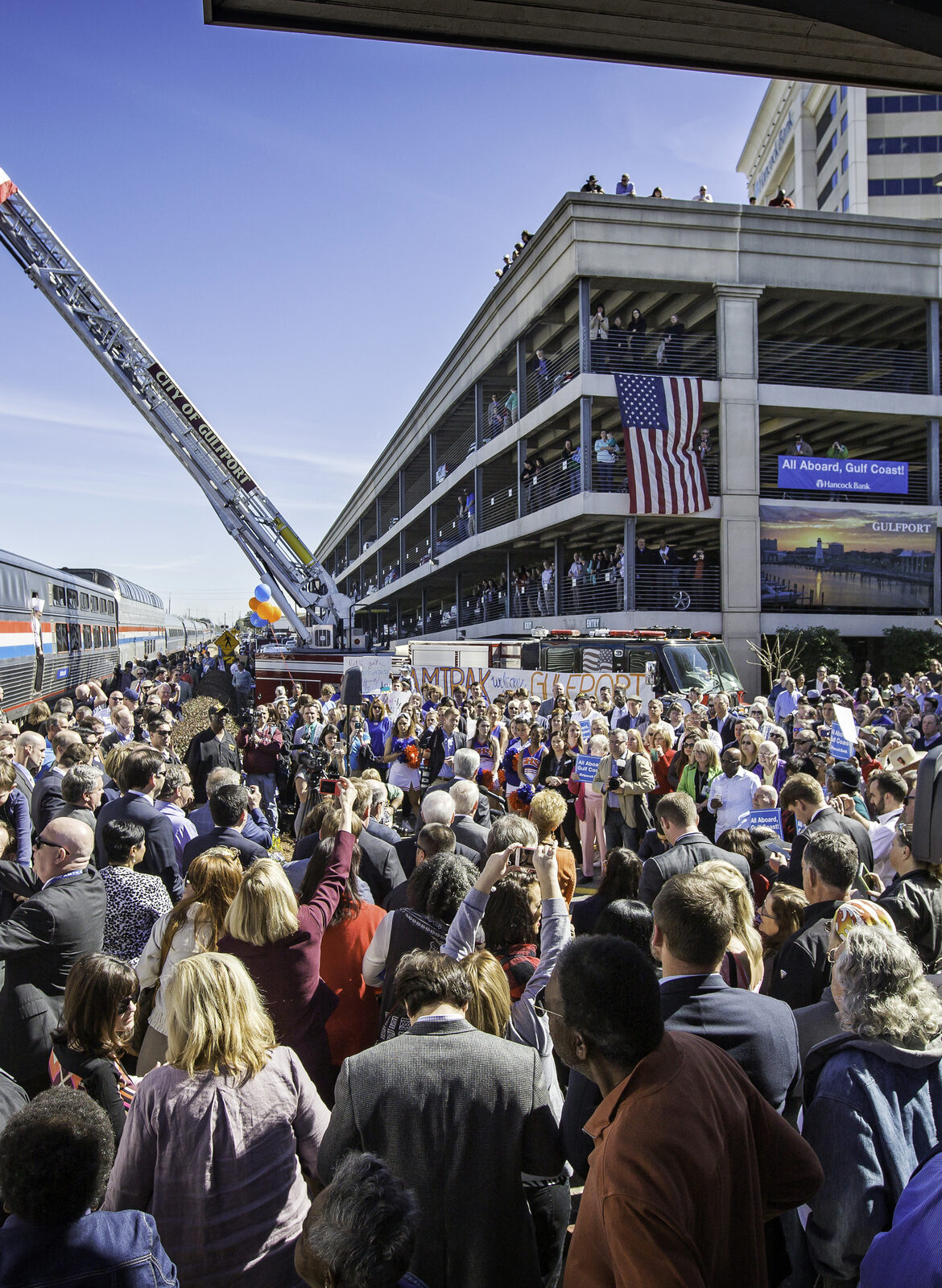
After the setbacks of the late 90s and early 2000s, passenger rail advocates along the Gulf Coast were not discouraged. Through the work of a Regional Rail Commission and the cultivation of relationships with local, regional, and federal leaders, these advocates were able to build a foundation for the implementation of passenger rail restoration in the region.
What happened to U.S. passenger rail?

Almost a century ago, the railroads were the economic engine of the country, spurring the transportation of both goods and people over long distances. Now, the American railroad system is merely a specter of its former self. How did the United States devolve from an expanded passenger rail network to the system we have today?
Webinar: Transportation electrification and smart growth in the U.S.
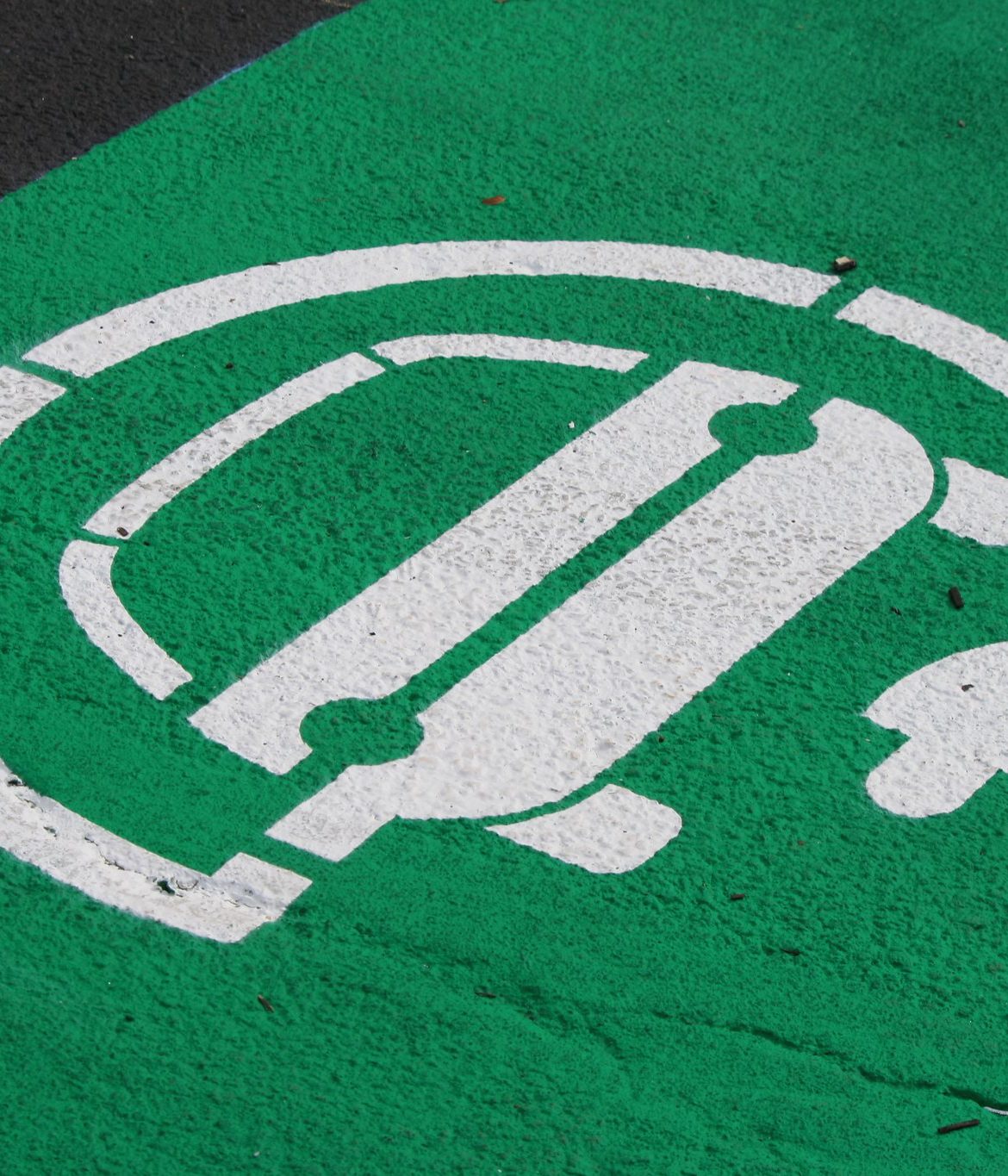
On Tuesday, May 14 from 2 – 3 p.m., we’re partnering with the International Parking & Mobility Institute to offer a free webinar exploring smart growth strategies.
Restoring Buffalo’s “Emerald Necklace”
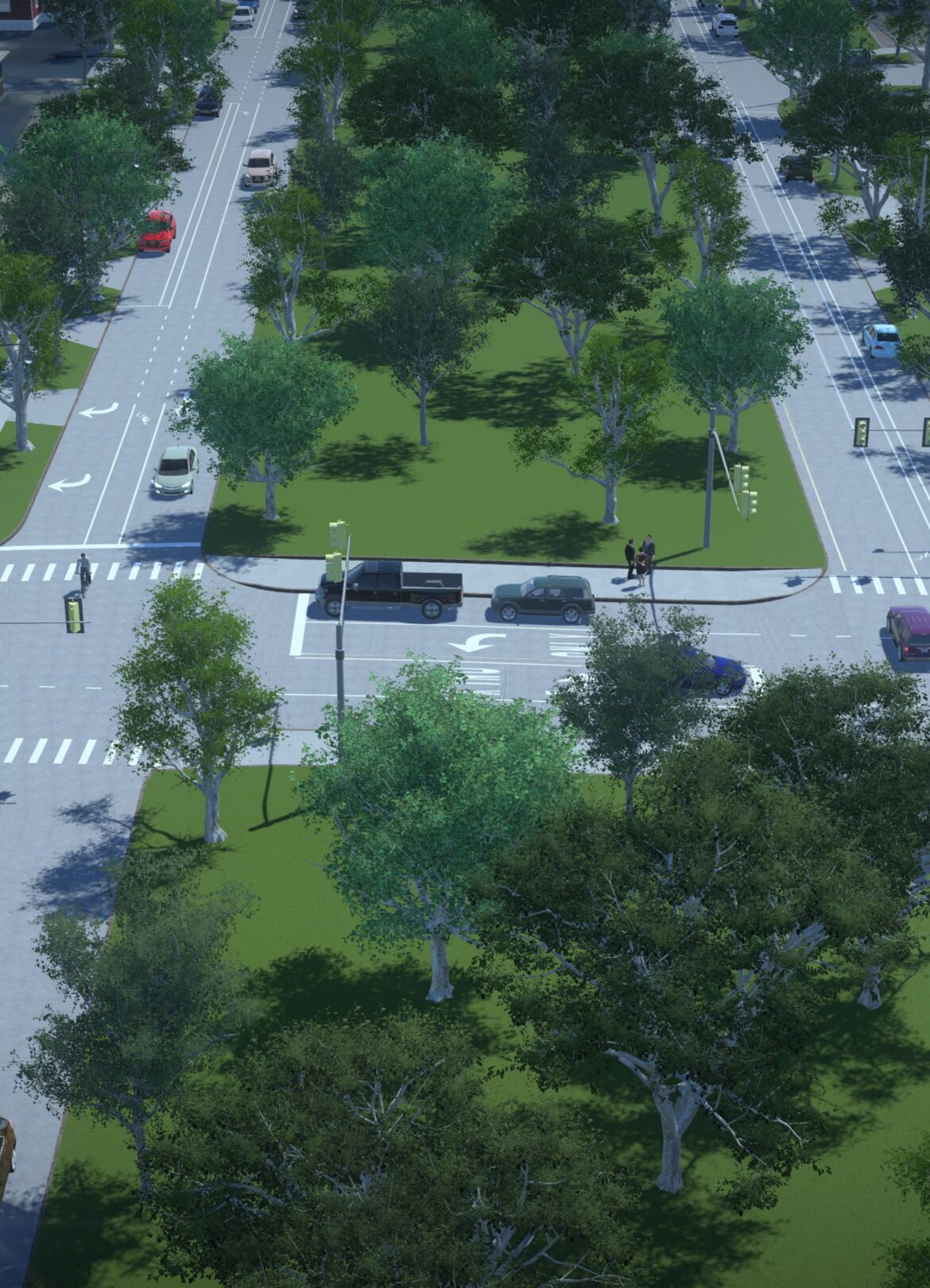
Humboldt Parkway, once home to vibrant public space, was destroyed by the Kensington Highway, displacing over 600 families and leaving a concrete gash through Buffalo’s network of city parks. With federal support, the Kensington Expressway Project aims to reconnect the community.
Why we need the Stronger Communities Through Better Transit Act
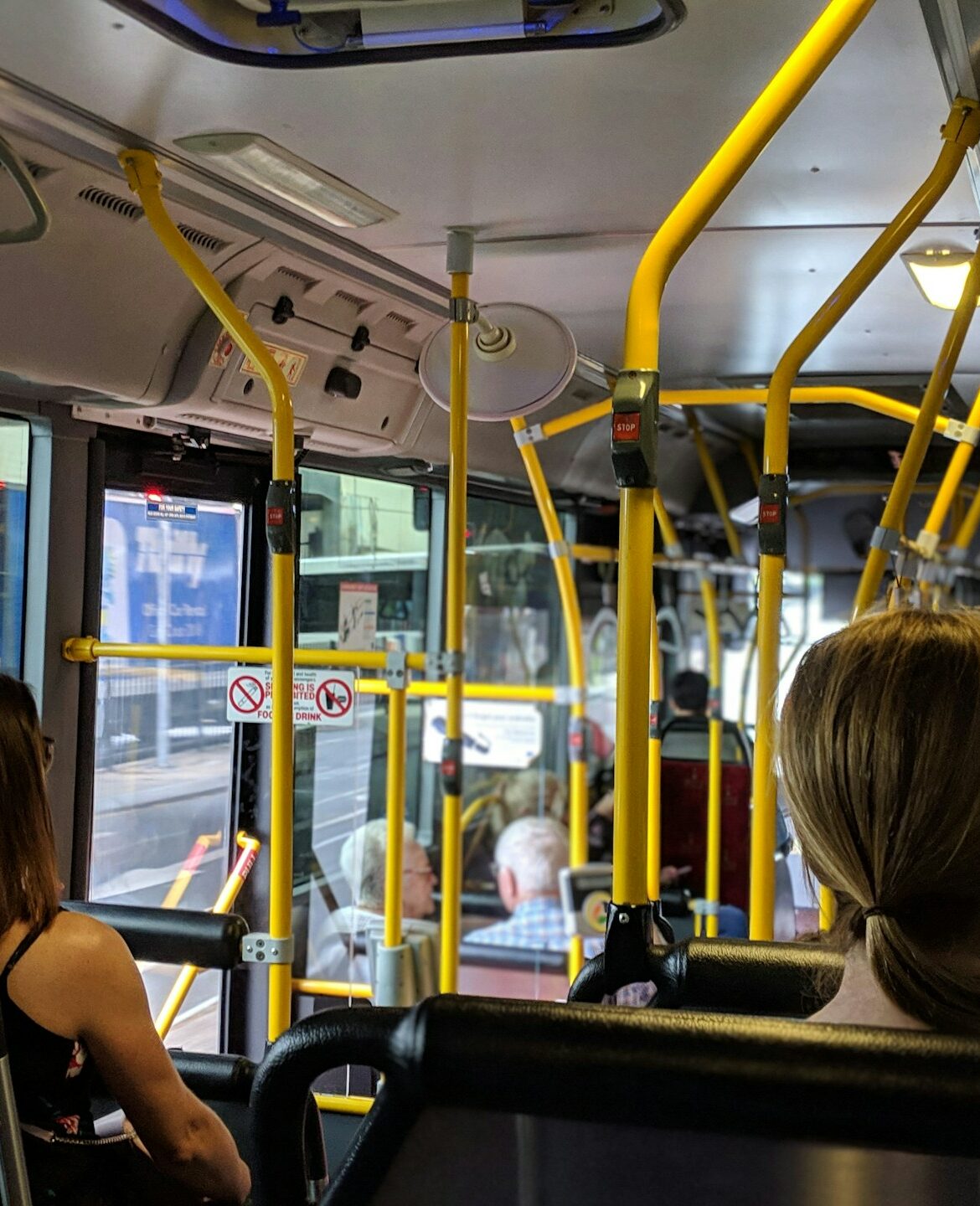
Representative Hank Johnson (GA-04) reintroduced the Stronger Communities Through Better Transit Act, which would establish a federal funding program for transit operations, providing $20 billion in annual funding over four years ($80 billion) to expand the service of buses and trains. We are joining the National Campaign for Transit Justice, the Transport Workers Union of America (TWU) and the Amalgamated Transit Union (ATU) in support of this bill.
Transportation for America Applauds Long-awaited USDOT GHG Rule

The GHG emissions measure will require U.S. states and territories to measure and report transportation-related emissions on federal roadways. WASHINGTON, D.C. (Nov. 27) — Last Wednesday (11/22), the Biden Administration released the U.S. Department of Transportation’s greenhouse gas (GHG) rule. The rule requires all 50 states, as well as the District of Columbia and Puerto […]
Join us for Smart Growth Social!
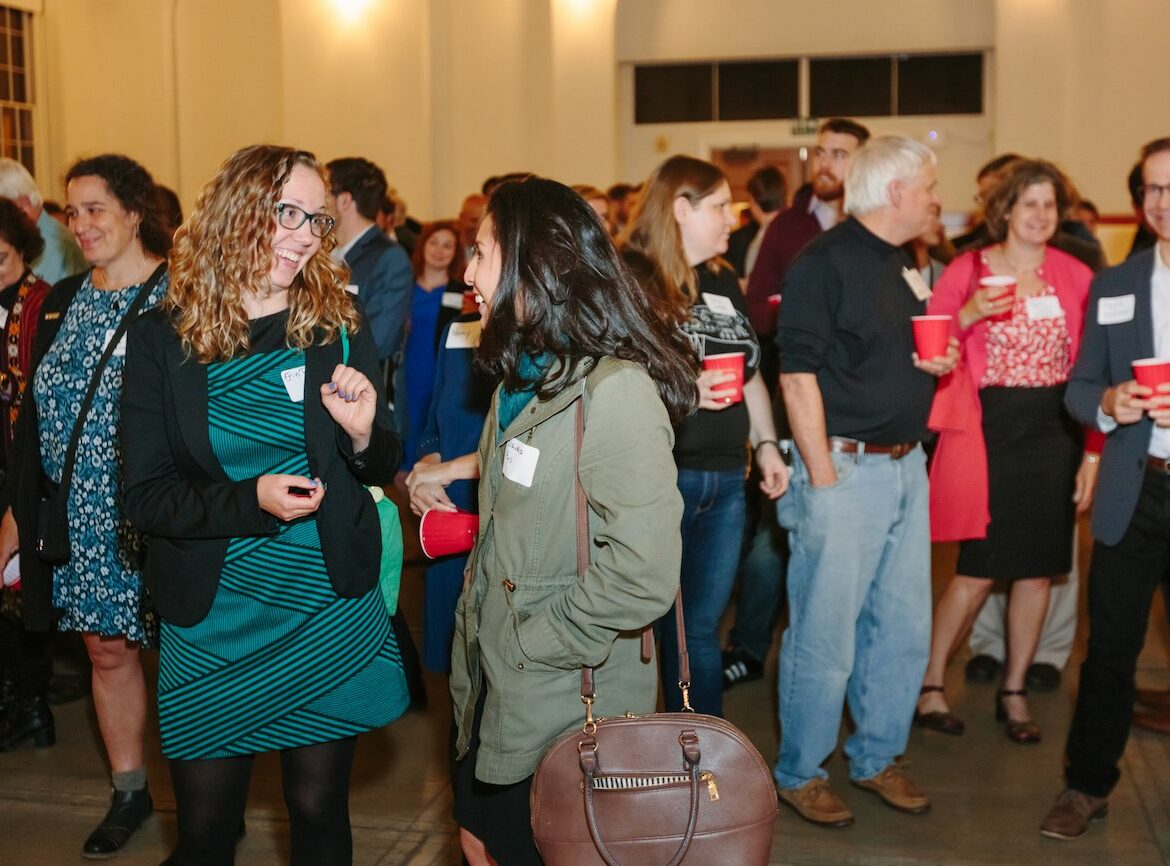
The Coalition for Smarter Growth’s Smart Growth Social is coming up on October 24, 2023! This year, we’re partnering with CSG to bring you a night of networking, community, and celebration of smart growth.
VIDEO: Pedestrian fatalities continue to rise. Here’s why.
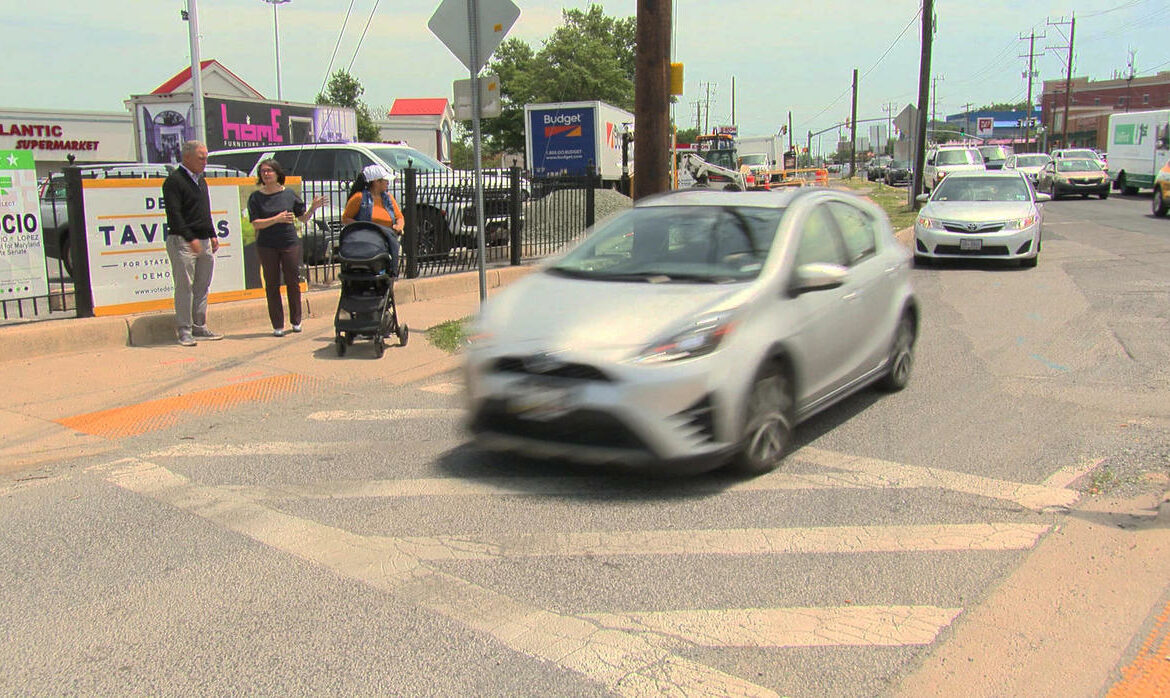
In a conversation with CBS Sunday Morning, T4A’s executive director Beth Osborne explains that our roads are dangerous by design.
Divided by Design: Quantifying the damage of our transportation program
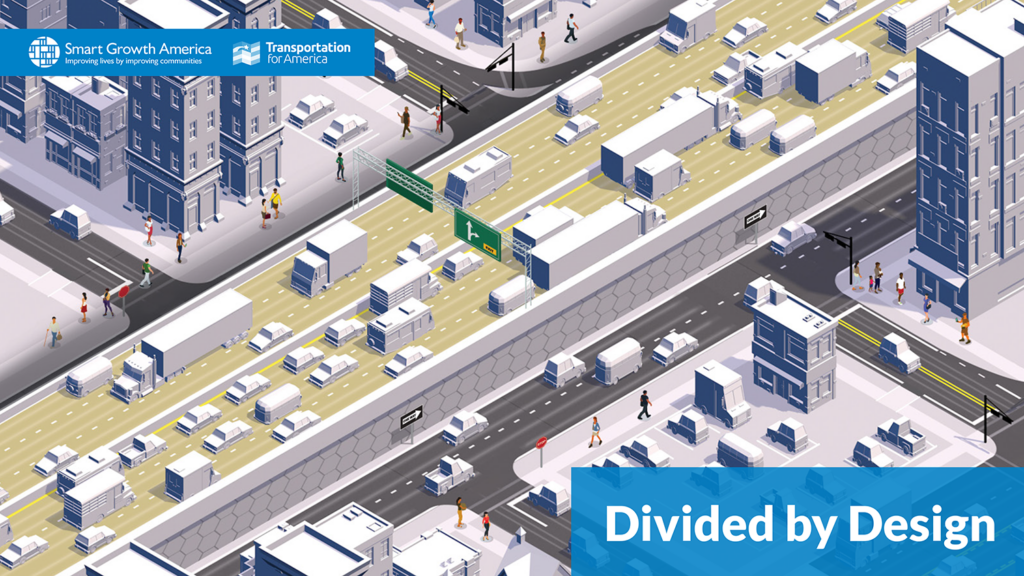
Our new report examines the racist roots of our current transportation system. Most importantly, it demonstrates how today’s policies and practices were shaped by the past, leading to racial disparities today. Without a fundamental change to the overall approach to transportation, today’s leaders and transportation professionals, no matter their intent, will perpetuate and exacerbate the damage.
New survey: 82 percent of voters don’t believe highway expansions are the best solution for reducing congestion
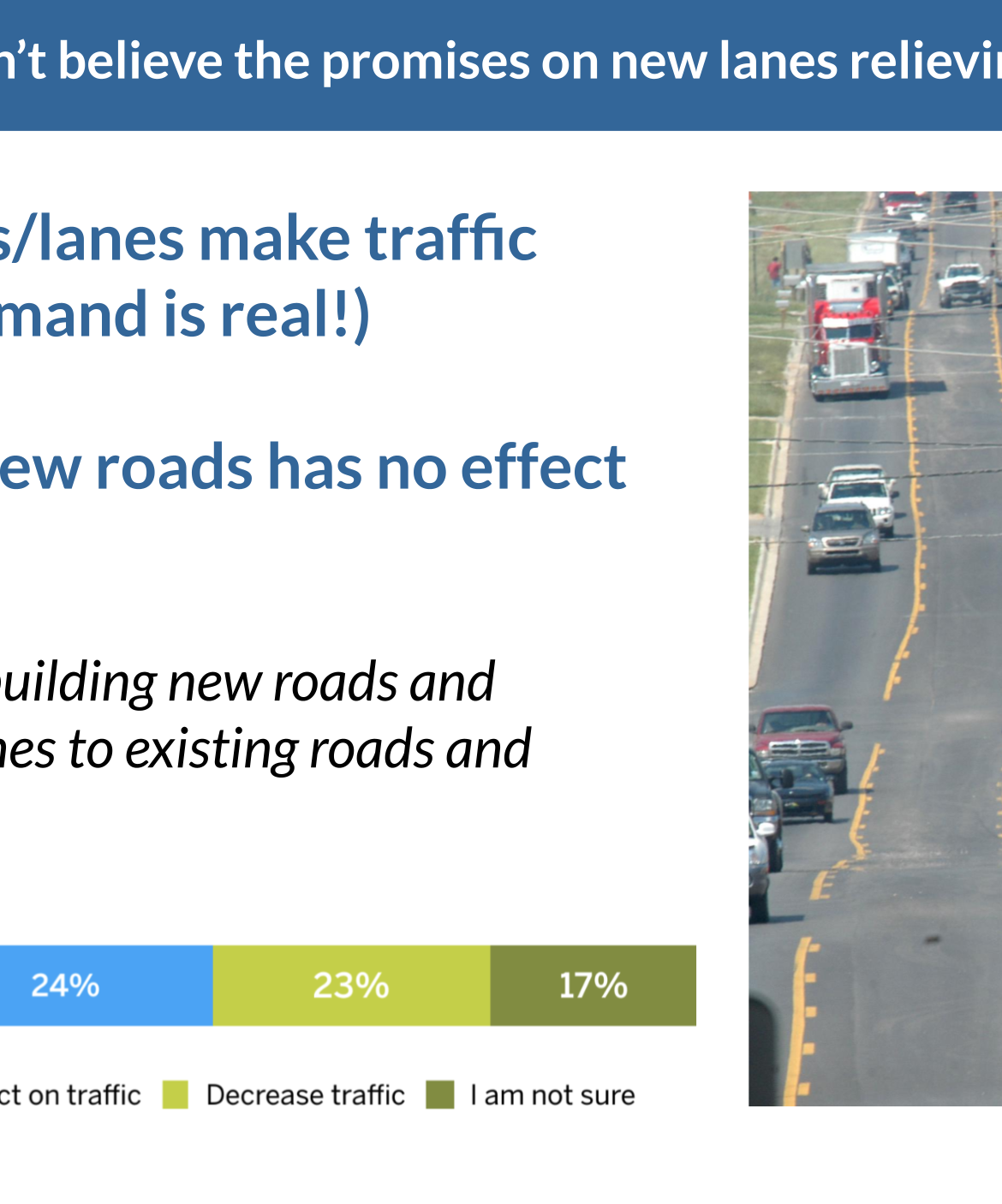
New nationwide survey shows that prioritizing road repair, improving transit, and reducing driving are more popular options for spending transportation dollars WASHINGTON, D.C. (June 29) — A new nationwide survey of American voters’ attitudes reveals a significant divide between voters’ attitudes about the best short-and long-term solutions for reducing traffic, versus the actual priorities of […]
House threatens funds for reconnecting communities

The House’s debt ceiling package, H.R. 2811, proposes cuts to several programs, including the Neighborhood Access and Equity Program established under the Inflation Reduction Act. In response, T4A Director Beth Osborne issued the following statement.
Is the federal government squandering clean transit funds?

A new report shows splitting clean transit funds between zero-emission vs. low-emission is holding U.S. transit agencies back from cleaning up the bus fleet.
Steps taken toward first expansion of passenger rail in decades

Amtrak and SRC submit a planning grant that will expand long-distance passenger rail service along the I-20 Corridor and in the Deep South.














